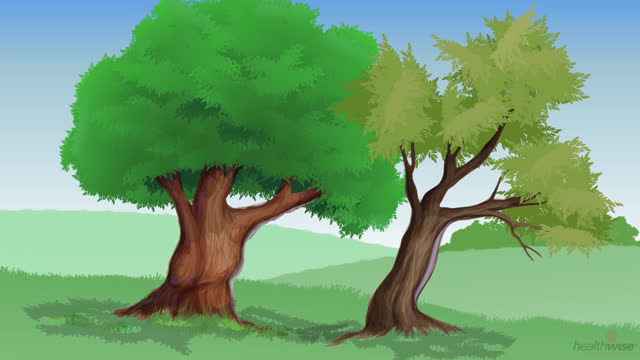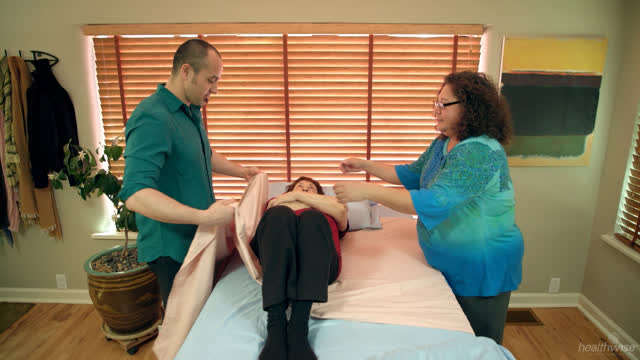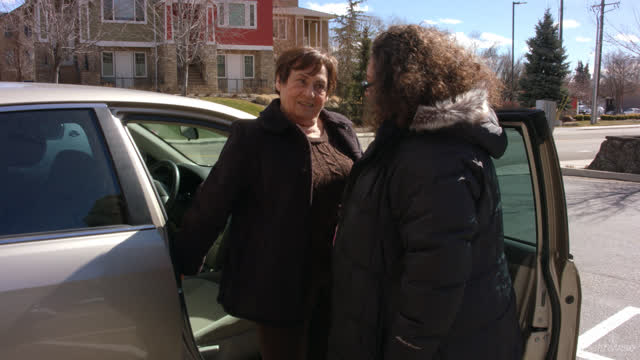Caregiving: Fingernail Care
Topic Overview
Nail care is important for health and appearance. Your loved one can accidentally scratch himself or herself (or you) if his or her fingernails are too long. Nails that are dirty or too long—especially in a person who usually cared for his or her nails—also can be a sign that a loved one needs more help with personal care.
Try to take the person for manicures if that is what your loved one wants. It’s a chance to get out and see people and continue a favorite activity.
You can do basic nail care at home. Usually all you need to do is keep the nails clean and at a safe length.
Trimming fingernails
Try to trim the person’s nails every week. Or check them each week to see if they need to be trimmed. It’s easiest to trim nails after the person has had a shower or has washed his or her hands. It makes the nails softer and easier to trim.
To trim the nails:
- Before you start, wash and dry your hands. You don’t need to wear gloves.
- Use nail polish remover to take off any polish.
- Hold the person’s hand steady with one hand while you trim the nails with your other hand. Using fingernail clippers, trim the nails straight across.
- The nail length can vary depending on the person’s taste. But in general, keep the nails even with—or not much longer than—the tip of the finger.
- Let the nails dry if they are still damp and soft.
- Use an emery board to gently smooth the edges of the nails, especially at the corners. They may be sharp after the nail is cut straight.
- Apply nail polish, if the person wants it.
General nail care
- Don’t trim or cut the cuticles. A minor cut in a cuticle could lead to an infection.
- If you’re helping the person wash his or her hands, wash the underside of the nails with soap and water. This is easiest with a nail brush.
- Nails tend to get harder with age, and the skin on the hands can become thin and dry. Offer the person hand lotion or moisturizer after washing his or her hands.
- When you’re washing hands or trimming nails, look for any signs of infection from a cut or other injury. Signs may include pain, swelling, redness, or warmth. This is especially important if the person has diabetes. Call the person’s doctor if the cut doesn’t heal with home treatment, such as antibiotic ointment and a bandage.
Current as of: April 1, 2019
Author: Healthwise Staff
Medical Review:Kathleen Romito MD – Family Medicine & Gayle E. Stauffer , RN – Registered Nurse
This information does not replace the advice of a doctor. Healthwise, Incorporated, disclaims any warranty or liability for your use of this information. Your use of this information means that you agree to the Terms of Use. Learn how we develop our content.





